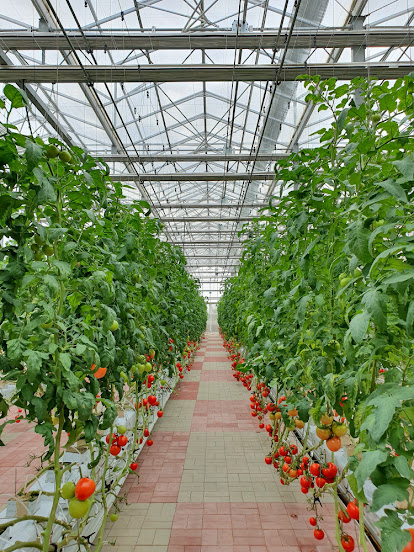Enhancing Flowering and Pollination with LED Grow Lights: Insights and Techniques
Flowering plants play a vital role in our gardens, providing beauty and attracting pollinators. To enhance the flowering process and promote successful pollination, LED grow lights offer valuable insights and techniques. In this blog, we will explore how LED grow lights can optimize flowering and pollination, allowing you to create a thriving garden full of vibrant blooms.
Understanding the Role of Light in Flowering
The process of a plant blossoming depends heavily on light. It has an impact on the frequency, length, and intensity of flowering. In order to fulfil the unique needs of flowering plants, gardeners can alter the light spectrum using LED grow lights, which offer a flexible solution. Blue light (400–500 nm) stimulates compact growth and supports general plant health, while red light (600–700 nm) encourages blossom initiation and development. You can use LED grow lights to control your plants' blooming response by comprehending the effects of various light spectrums.
Choosing the Right Light Spectrum
To maximize flowering and pollination, the right light spectrum must be chosen. A combination of red and blue light is effective for the majority of flowering plants. Increase the proportion of red light during the flowering stage to promote vigorous blossoming. You can adjust the light intensity to precisely match the needs of your plants using LED grow lights that have adjustable spectrums. Try varying the red-to-blue light ratio to see how it affects your garden's blossoming and pollination.
Optimal Light Intensity and Duration
For successful flowering and pollination, the correct amount and duration of light are essential. Maintain your plants' canopy level at between 200 and 400 mol/m2/s of light intensity. Make sure your plants receive 12 to 16 hours of light per day when they are in the blossoming stage. Researching the flowering behaviors of your particular plant species is crucial because certain plants may have distinct light duration requirements. To meet the needs of your flowering plants, you may alter the light intensity and duration with LED grow lights that include dimming capabilities.
Supplemental Lighting for Pollinators


Comments
Post a Comment